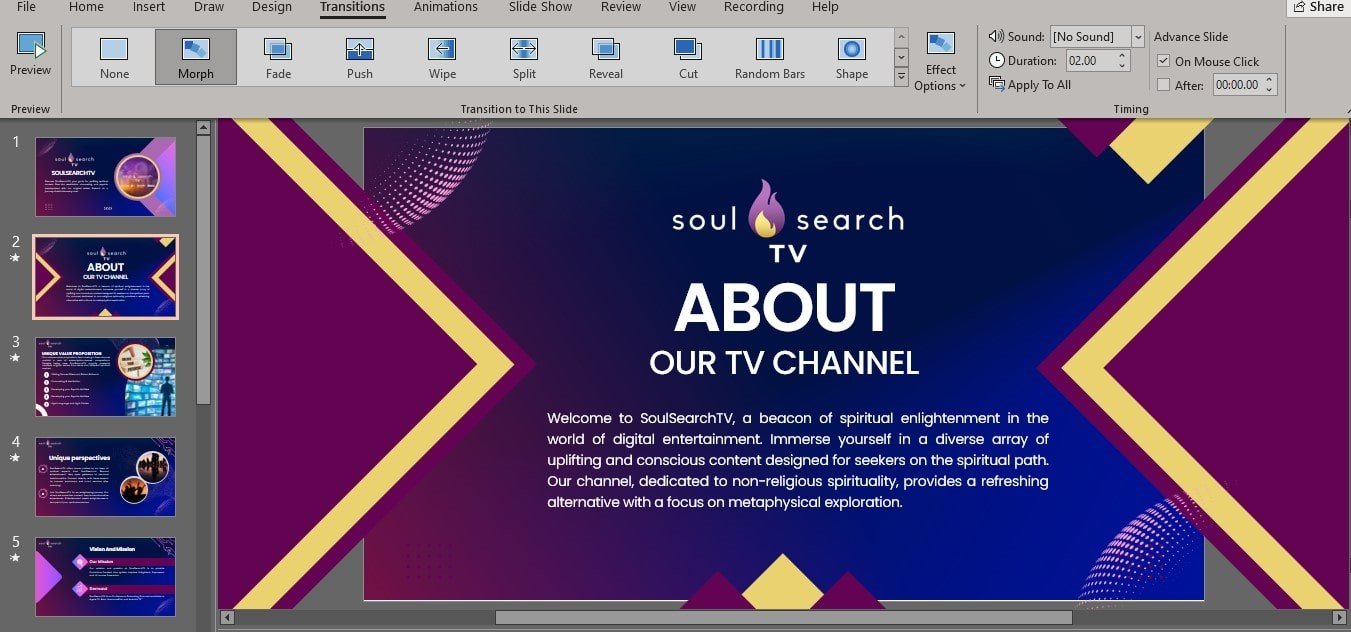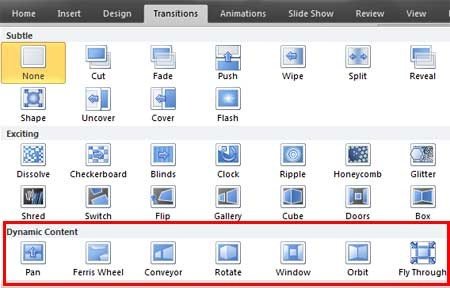Innovative Slide Transitions Uplifting Your Presentation Flow

Introduction:
In the dynamic world of presentations, hypnotizing your audience goes beyond just compelling content; it involves creating a seamless and engaging flow.
One often overlooked aspect that can significantly enhance your presentation is the thoughtful use of slide transitions.
Innovative slide transitions not only add a touch of professionalism but also contribute to the overall narrative, making your message more memorable.
In this article, we'll explore various creative ways to elevate your presentation flow through innovative slide transitions.
Master the Basics
Before diving into the world of advanced transitions, it's crucial to have a solid grasp of the basics. Familiarize yourself with standard transitions like fades, slides, and wipes. These simple transitions, when used effectively, can set the stage for more complex techniques.
Spatial Transitions
Consider employing spatial transitions to create a sense of movement and continuity. Instead of traditional slides, try using transitions that mimic the movement of elements on a 3D plane.
This can be particularly effective for data-driven presentations or when showcasing product features.
Zoom In, Zoom Out
Use zoom transitions to draw attention to specific details or to provide an overview of the entire content. Zooming in can highlight key points, while zooming out can be useful for transitioning between sections or summarizing information. This technique adds a cinematic flair to your presentation, making it visually appealing.
Path Transitions
Guide your audience through your presentation by using path transitions. These transitions create a fluid movement as elements travel along a specified path from one slide to the next.
This is especially effective for storytelling or when presenting a sequence of events.
Dynamic Morphing
Take advantage of morph transitions to seamlessly transform one element into another. This technique is perfect for illustrating concepts that evolve or transform over time.
Whether it's the growth of a business, the evolution of a product, or the transformation of data trends, morph transitions provide a visually stunning way to convey change.
Interactive Elements
Engage your audience by incorporating interactive elements into your presentation. Custom-designed quizzes, polls, or clickable infographics can transform a passive viewing experience into an active and participatory one. This not only makes your presentation memorable but also fosters a deeper connection with your audience.
Interactive Transitions
Engage your audience by incorporating interactive transitions. This involves creating clickable elements within your slides that trigger specific transitions when interacted with.
This approach not only keeps your audience actively involved but also allows for a more personalized and adaptive presentation experience.
Incorporate Multimedia Transitions
Enhance your slides by incorporating multimedia transitions. Integrate video clips, animations, or sound effects that seamlessly bridge the gap between slides. However, ensure that these elements complement your content rather than distract from it.
Dynamic Color Transitions

Experiment with color transitions to evoke different moods or signify transitions between topics. A subtle shift in color can signify a change in tone or subject matter, subtly guiding your audience through the narrative.
Conclusion
Mastering innovative slide transitions is a powerful way to elevate your presentation from ordinary to extraordinary.
By combining creativity with functionality, you can captivate your audience's attention, enhance the overall flow of your message, and leave a lasting impression.
Experiment with different techniques, keeping in mind that the key is to strike a balance between visual appeal and content relevance. With the right use of transitions, your presentations can become not just informative but also visually stunning experiences for your audience.